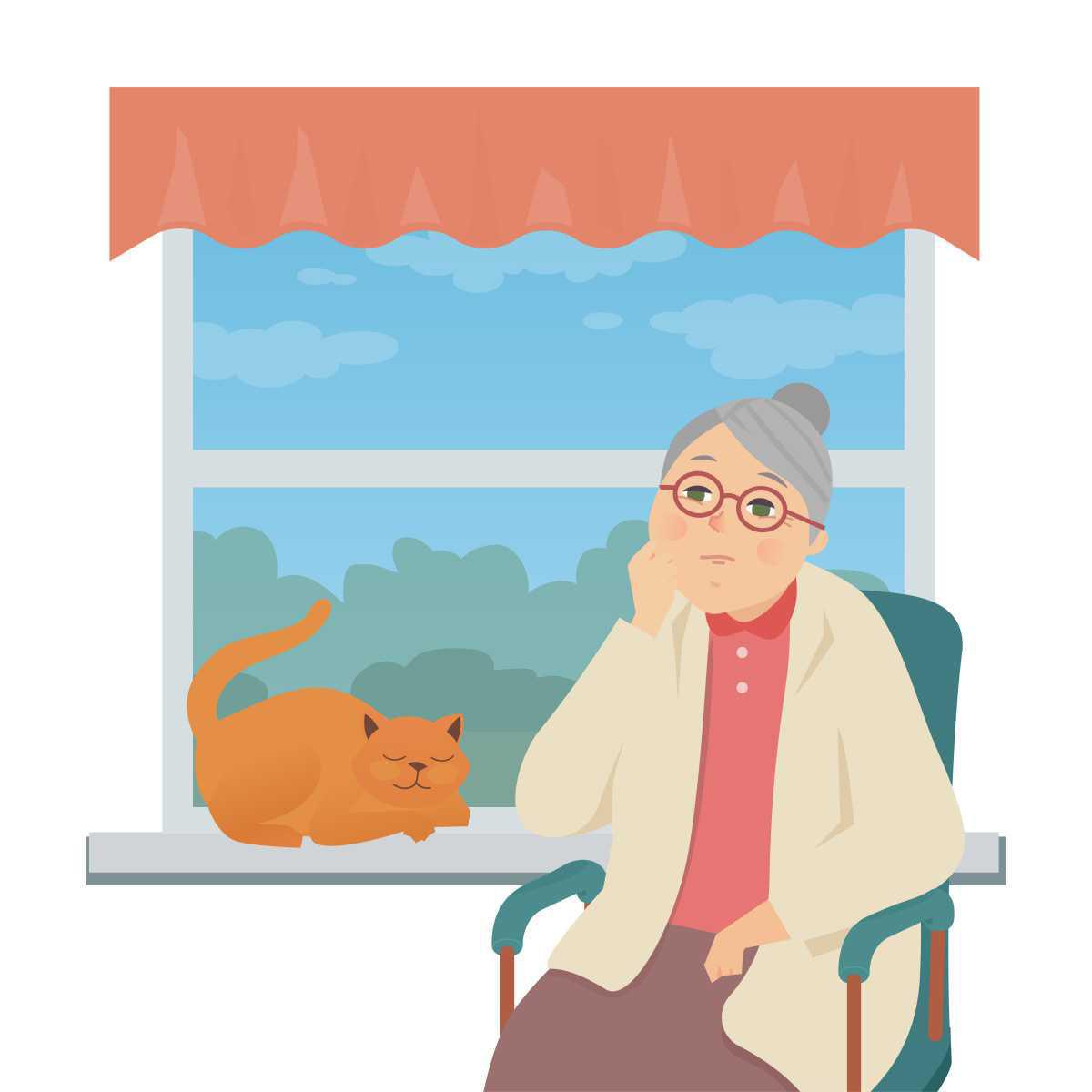Nursing home environments and culture play a pivotal role in maintaining quality of life and overall well-being.
A comprehensive assessment to include biological, psychological, and social factors is needed.
This should include social factors such as prior lifestyle, hobbies, interests, personality, and cognitive ability. What one person perceives as decreased participation may actually reflect their pre-morbid (before the onset of illness or condition) personality - some people have never enjoyed large social gatherings or group conversations.
It’s important to recognise this and avoid pressuring someone into activities that don’t suit their personality. Personal tatses varies. Not all residents enjoy the same style of music even though it might be from their “era”.
Knowing your residents and their life experiences is key to enhancing their quality of life.
A stressful and overwhelming environment can negatively impact emotional well-being and lead to sensory overload.
The Impact of Negative Social Environments
Negative social environments may result in:
- Changes in mood and behaviour
- Loss of appetite
- Sleep disturbances
- Increased anxiety
- Avoidance and isolation
- Other non-cognitive symptoms
Creating the Right Environment to Support Activity
With so many people with dementia in nursing homes, creating a supportive environment benefits all residents.
A well-designed space can:
- Support involvement in daily activities
- Help residents find their way around the care home
- Reduce confusion and distress
Key Design Considerations
People particularly benefit from environments that include:
- Small-scale living units
- Familiar features and a homely style (but clutter-free)
- Appropriate and ergonomic furniture and fittings
- Opportunities to be involved in ordinary domestic activities
- Clear signage and cueing features
- Space for daytime activities
- A choice of areas with different levels of stimulation
- Small dining rooms with a homey feel
- Bedrooms with personal photos and familiar items that are visible when entering the room and from the bed - these act as cues to help residents feel “at home” when waking and sleeping


